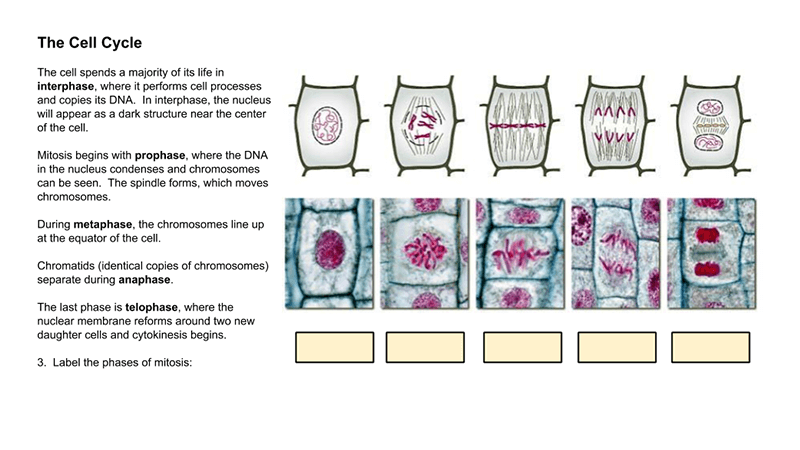Search results for: “advanced”
-
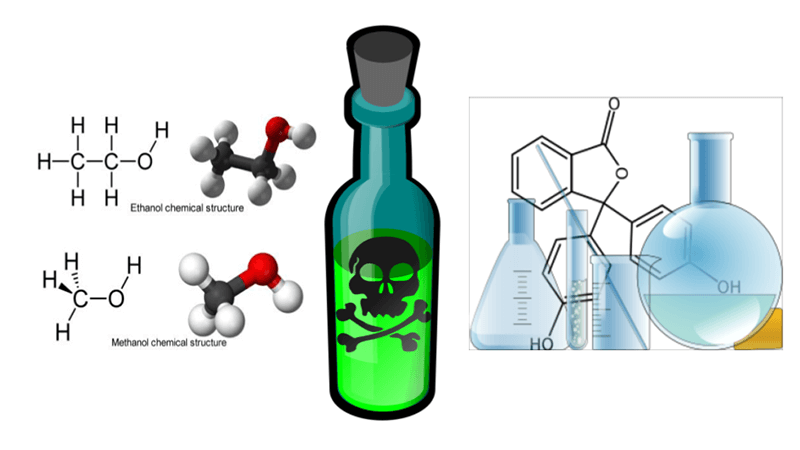
Methanol vs Ethanol – The Chemistry of a Poison
Students explore the chemical composition of methanol to understand how it killed many during the Prohibition era.
-
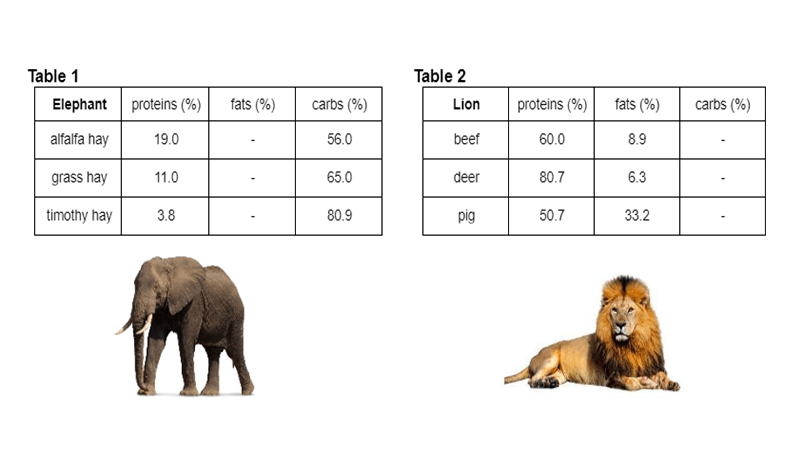
Macromolecules: The Building Blocks of Life
A process oriented lesson on how biomolecules are used by organisms to build tissues and maintain life. Focus is on chemistry and bonds withing molecules.
-
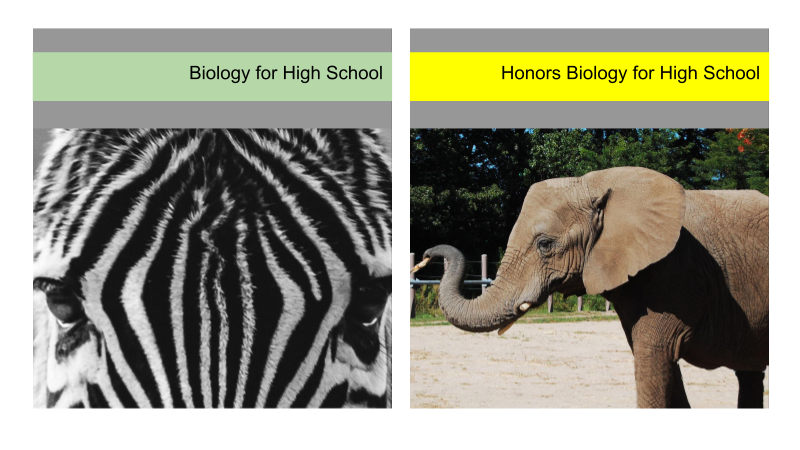
Open Access Biology Chapters with Questions
Check out opensource options for textbooks from CK12 and OpenStax. Includes a link to a set for intro bio where students answer questions in a sidebar.
-
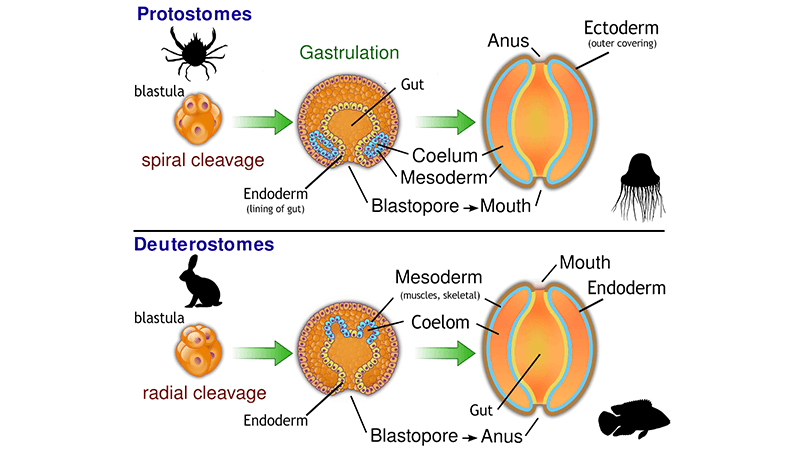
Compare Body Plans of Protostomes to Deuterostomes
Compare protostomes to deuterostomes, including details on the development of the blastula. Questions rely on students carefully examining the graphic.
-
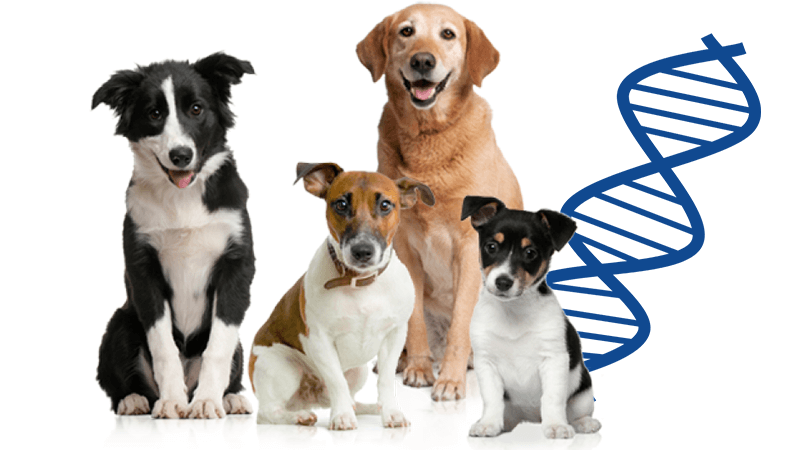
Genome Wide Association Studies in Dog Coats
Data examines single nucleotide polymorphisms (SNPs) that indicate a strong or weak correlation to coat length and texture in different dogs.
-
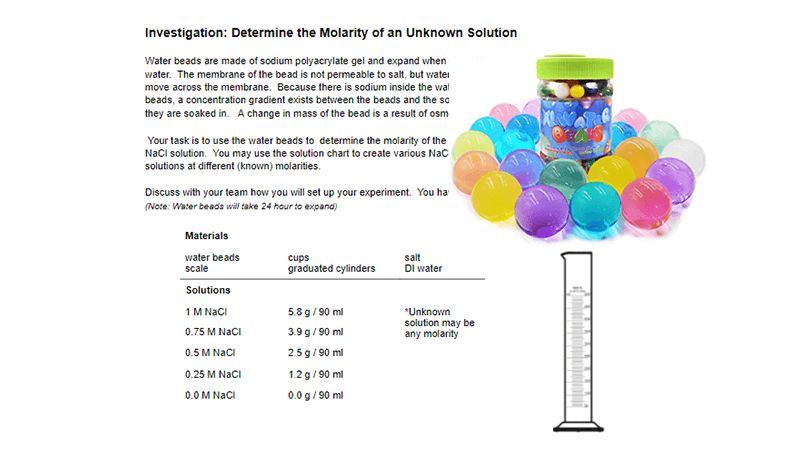
Investigation: Determine Molarity of Unknown Solution
Students determine the mass of water beads after soaking them in solutions. They use the change in mass to determine the molarity.
-

Urinary System – Label the Kidney and Nephron
I created this version of a labeling activity for students who are learning from home during the 2020 pandemic. You will not need to hand out papers with this version! Instead, students use their Chromebook to open Google Slides and drag the labels to the correct position. I usually assign this activity after students have…
-
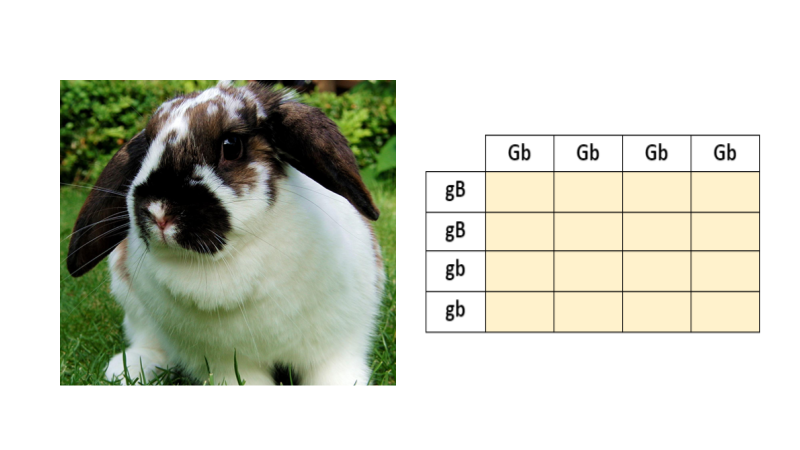
Genetic Crosses in Rabbits (Remote)
Students learn how to do Punnett squares with two traits by practicing completing 4×4 squares.
-
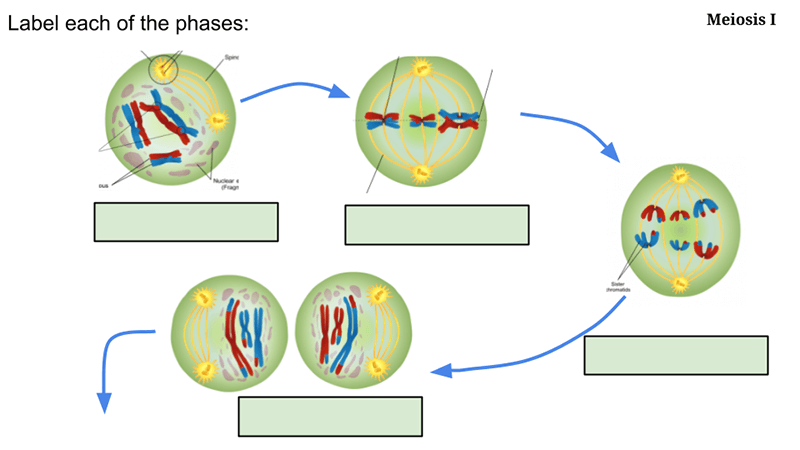
Modeling Meiosis and Independent Assorting Using Slides
Meiosis is a difficult topic for beginning biology students. There’s a lot going on in the cell to ensure that each new gamete receives half the DNA of the parent cell. In addition, each new cell is completely unique. This is the result of independent assortment and crossing over. Lessons on meiosis generally involve labeling…
-
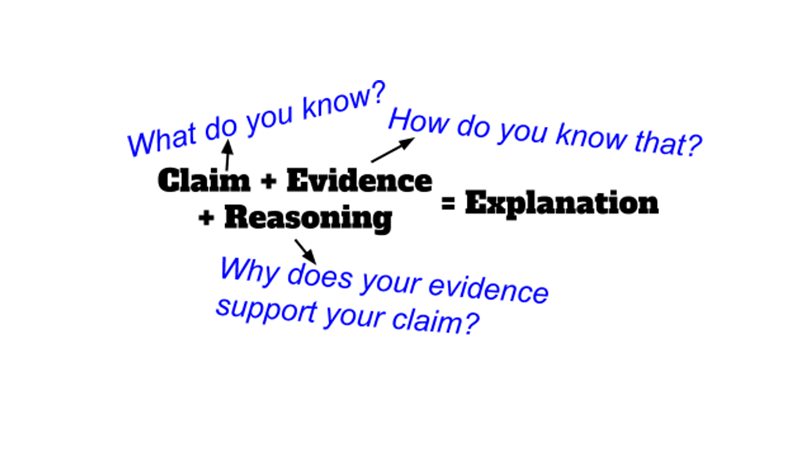
CER and Data Analysis
CER introduction to scientific argumentation (claim, evidence, reasoning), Analyze a graph showing ACE2 receptors by age group.
-
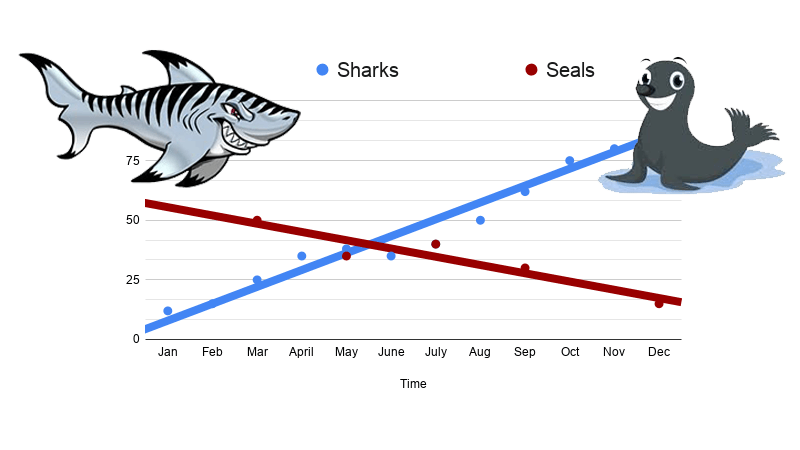
CER – Data Analysis with Sharks
Shark data by month where students make a LINE graph to show how the population changes over time. Students complete a CER to discuss results.
-
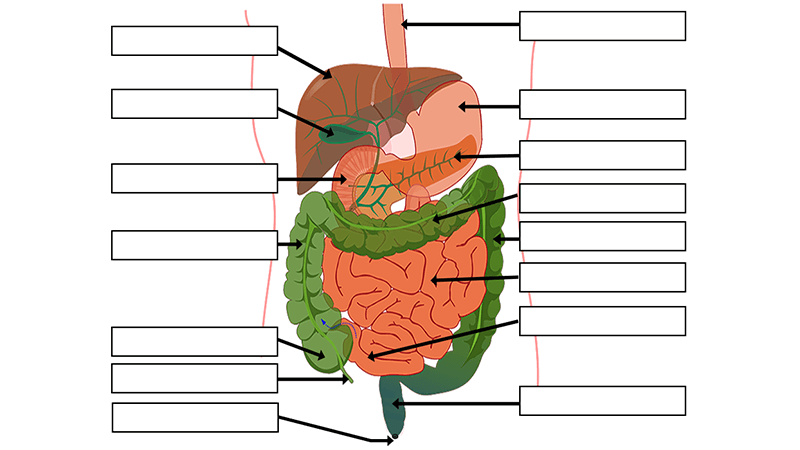
Label Digestive System
This worksheet was designed for anatomy students to practice labeling the organs of the digestive system. It is a little more advanced than what is typically seen in health or basic biology classes because it includes the three sections of the small intestine (duodenum, jejunum, ileum) and the three sections of the colon. (Note: I…
-
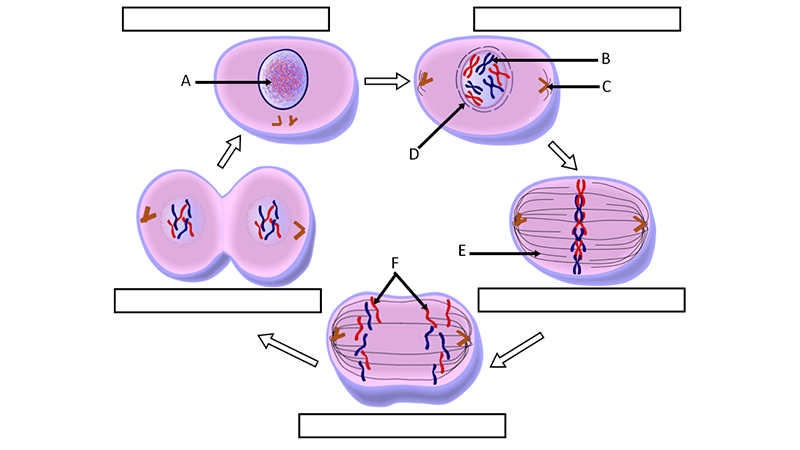
Cell Cycle Label
This worksheet was created for freshman level biology and is a simpler version of a worksheet I use in the advanced classes showing the cell cycle. The image shows a cell in interphase, prophase, metaphase, anaphase, and telophase. Students label each phase and then identify structures within the cell that are important for cell division,…
-
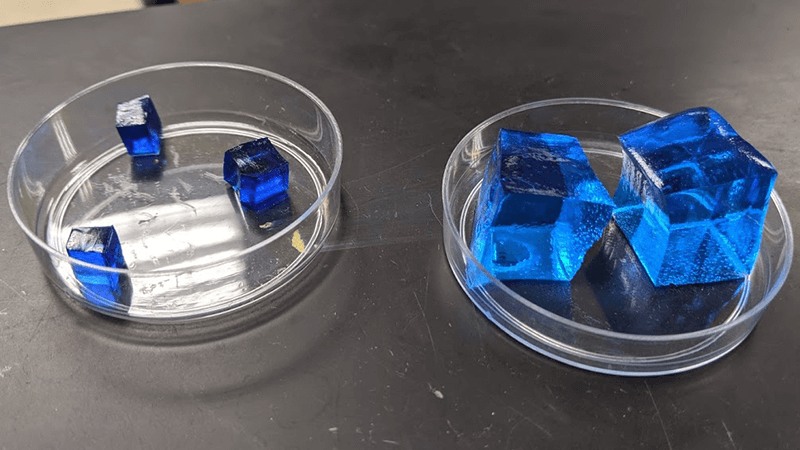
Modeling Osmosis
This basic lab uses Deco-cubes to show how they change in size when soaked in salt water, distilled water, and tap water.


